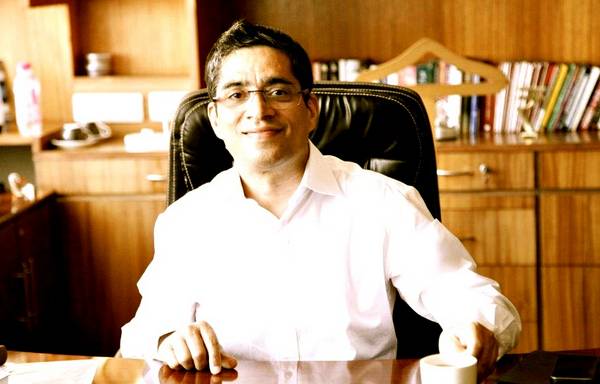By Kunwer Sachdev
Photos © Su-Kam Power Systems Ltd
With solar PV modules becoming more affordable and the price of electricity increasing by 7 to 8% per year, the Indian solar industry holds huge opportunities, especially in the commercial, rural and educational sectors
Earlier, the demand for solar was limited in India, as it was not cost effective. The Indian government’s focus was mainly on large grid-connected projects. Therefore, the common man of India had a limited understanding of it. However, we are now witnessing a wave of change— the solar industry in India is thriving. A key reason for this development is that India is geographically ideal to harness the power of the Sun because of the abundant sunshine it receives. Over the years, solar PV modules have become reasonably cheaper and the price of electricity is escalating every year by 7 to 8%. Therefore, in time to come, solar is going to be cheaper than the conventional source of energy.
Rising grid tariffs and frequent load shedding are now encouraging consumers to install solar in commercial, industrial and residential segments. Solar installation in commercial sectors is likely to grow rapidly as the power tariff is highest in these sectors. For ex, most petrol pumps in India are situated in remote locations— on highways and rural/semi urban locations where power from grid is available for only 8 to 10 hours a day, so pump owners use diesel generators which have extremely high running costs.
Rising grid tariffs and frequent load shedding are encouraging consumers to install solar in commercial, industrial and residential segments. Solar installation in commercial sectors is likely to grow rapidly as the power tariff is highest in these sectors
Thus, Petrol Pumps are a Vast Untapped Opportunity for Solar
To cite an example, we installed a 10 KW solar panel at a petrol pump in Panipat, Haryana. Although the entire solar set up cost around Rs 5.25 lac (USD 8,278), we recovered the cost within ten months. Non dependence on fuel guzzling diesel generators resulted in a saving of over Rs 50,000 (USD 788) per month.
Huge Demand for Off Grid Solar Panels in Rural Areas
India, a rapidly growing country with a population of 1.2 bn plus, is facing a huge energy demand. Till date, many places in India have not been electrified and even if they have undergone electrification, the grid supply is extremely unreliable. Since most of the population lives in rural areas, there is a lot of scope for solar panels being promoted in these areas. In places where grid supply is not available, an off grid solar solution becomes a necessity. Let this author cite an example. Recently, Su-Kam successfully completed a project administered by the Uttar Pradesh government to electrify 40,000 rural households of a village. Since the village had no grid supply so an off grid system became the natural choice. The Solar Photovoltaic (PV) power can generate electricity for three LED lights, one ceiling fan, and a solar charge controller with a mobile charging point in each of the 40,000 rural homes. The system also provides a backup of 8 hours a day and autonomy of 72 hours.
Another area where solar has immense scope is educational institutes and offices that operate during the day. With solar panels installed, these places can run maximum load when the Sun is up—paying almost nothing for electricity. Educational institutes and offices in India are progressing towards solar after witnessing the massive savings that one can reap through it. Another example can be the prestigious Punjab Engineering College in Chandigarh where Su-Kam recently installed a 1.3 MW solar power plant. The premier college went solar under the Chandigarh Renewable Energy Science and Technology Promotion Society’s (CREST’s) master plan to make a solar city through their ‘Solar City Programme.’ The grid tie system is helping the college run 50% of its total load through solar and is also making an annual saving of Rs 1 crore (USD 1,57,685) for the college.
Sun Shines on Solar Industry in India
In recent years the price of solar PV module has also escalated. Earlier solar was focused on large grid-connected systems that were driven by policy incentives. However, now with Solar PV module becoming cheaper and prices of conventional power moving up steadily, it is becoming difficult for the general public to ignore the huge benefits of solar. As grid parity nears and more and more states opt for net metering, the segment is headed for fast growth. Having said that, for a solar industry to flourish in India there are major hurdles to overcome. There are many fly-by-night operators in the Indian market but very few key players. There has to be a trained man force right from the sales team, marketing network to service force.
The author is MD, Su-Kam Power Systems Ltd
This article appeared in the July 2015 issue of Pure & Eco India



Leave a Reply